Applications of Discrete Mathematics in Computer ScienceThere are various applications of discrete mathematics in computer science, which are described as follows: Theoretical Computer ScienceDiscrete mathematics is used to include theoretical computer science, which is relevant to computing. Theoretical computer science draws heavily on logic and graph theory. Using theoretical computer science, we can easily compute the mathematical results by studying algorithms. In case of complexity, we will study the time taken by computations. While in the case of computability, we will study what can be computed by following the principle. Computability is closely related to both theories: formal language theory and automata theory. We will model computer science with the help of process algebras and Petri nets, and we can also analyze the VLSI electronic circuits by using discrete mathematics methods. In the case of computational geometry, the algorithms will be applied to solve geometrical problems. While in the case of computer image analysis, the algorithms will be applied to represent the images. We can also study topics of continuous computational in theoretical computer science. Information theoryThe quantification of information is described using the Information theory. Coding theory and information theory are closely related to each other. It has the ability to design storage methods and reliable and efficient data transmission. A lot of continuous topics are also included in the information theory, like analog encryption, analog signals, mathematical logic, and analog coding. The main concern of information theory is to transmit the data over the noisy channel. Using the information theory, we can find the amount of information in a message. We can also find that how much information is contained by distributions, events, and random variables. Machine learning and artificial intelligence widely use the measurement of information. 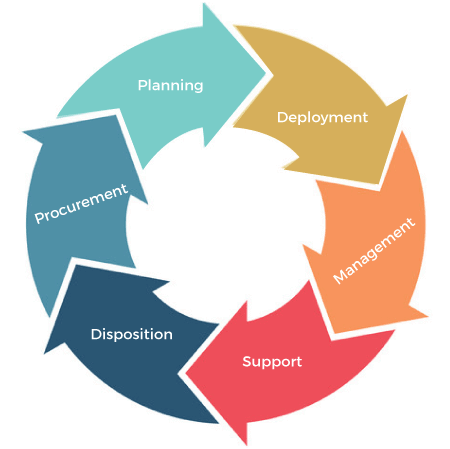
Mathematical logicMathematical logic can also be known as formal logic. In logic, we will learn about the principles of valid inference and reasoning. We can also study completeness, consistency, and soundness. In various logic systems, the law of Peirce's (((P→Q)→P)→P) is considered as theory except for the Intuitionistic logic. In classical logic, it can verify very easily by using the truth table. When we study logic, it is also important to study mathematical proof. Mathematical logic also has some application which is used in formal verification of software and automated theorem proving. Logical formulas are described by the discrete structure, which is used to create directed acyclic graph structures and finite trees. A finite set is produced by the truth values of logical formulas. The finite set is restricted with two values that are false and true, but in fuzzy logic, logic will also have continuous values. In the infinitely logic, we can also study infinite derivation trees or infinite proof trees. Set TheorySet theory can be described as a branch of mathematics in which we study sets. Sets contain the infinite set of prime numbers or objects like green, orange, black, etc. In several areas, we have various applications of sets with other relations and partially ordered sets. In discrete mathematics, our main focus will be on countable sets (including finite sets). Georg Cantor's work marks the beginning of set theory, which is used to distinguishing between various types of infinite sets. The trigonometric series provide the motivation to describe different types of infinite sets. The development of infinite sets theory does not exist inside the discrete mathematics scope. 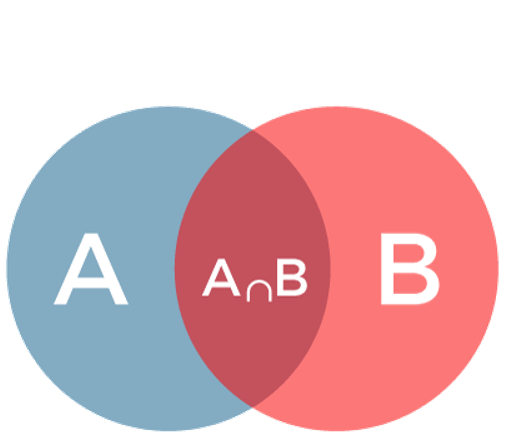
CombinatoricsCombinatorics is used to describe the way to combine and arrange discrete structures. In enumerative combinatorics, our main concern will be on counting some combinatorial object's numbers. For example, we can count partitions, combinations, and permutations by using the unified framework provided in the twelvefold way. In analytic combinatorics, our main concern will be on enumeration of combinatorial structure. Probability theory and complex analysis have various tools which help in analytic combinatorics. Analytic combinatorics is used to obtain the asymptotic formula. In contrast, enumerative combinatorics describes the result by using the generating functions and combinatorial formula. The study of combinatorial design will be described in the design theory, which is used to contain various subsets with certain properties of intersection. In the partition theory, we will study the various asymptotic and enumeration problems, which are related to special functions, q-series, integer partitions, and orthogonal polynomials. Partition theory is a part of analysis and number theory. Now it is considered as a part of independent field or combinatorics. We can study a partially ordered set that is infinite and finite in the order theory. 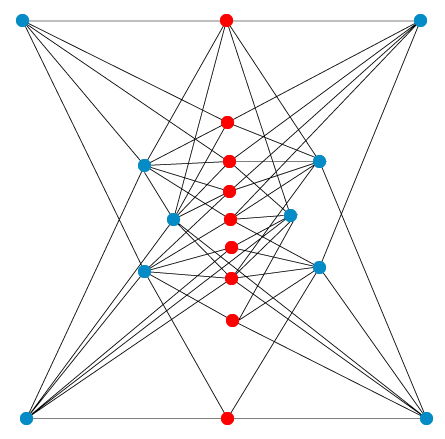
Graph theoryGraph theory can be considered as a part of combinatorics. In this, we will study about networks and graphs, but it is grown distinct enough and large enough with their problems, and it has its own right. In discrete mathematics, graph can be described as the prime objects of study. The most ubiquitous models of human-made and natural structure can be described by the Graph. Different types of relationships can be modeled by graphs. It is also able to process dynamics in the social, biological, and physical systems. In computer science, a lot of things are represented by graphs that are computational devices, networks of communication, the flow of computations, data organization, etc. In mathematics, the graph can be used in certain parts of topology, that is, knot theory and in geometry. Graph theory and algebraic theory both have a close link with each other. There is also another option of continuous graphs. The domain of discrete mathematics is going to contain most of the research part of graph theory. 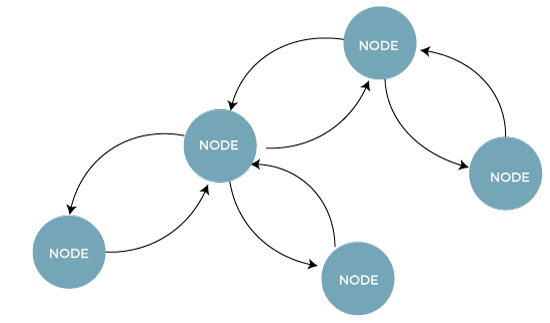
Discrete probability theoryIn countable sample events, a lot of events will occur, and discrete probability theory is able to deal with these types of events. For example, suppose we are observing the number of birds in flocks for count observation. In this case, it will comprise only natural number values that are {0, 1, 2, 3}. In contrast, suppose we are observing the weight of birds for continuous observations. This case will comprise real number values, and the continuous probability distribution like normal will be used to model it. If we use discrete probability distribution, it will approximate continuous one and vice versa. Some situations, such as experiments with cards decks or throwing dice, are called highly constrained situations, and in these situations, we will basically use enumeration to calculate the probability of events. 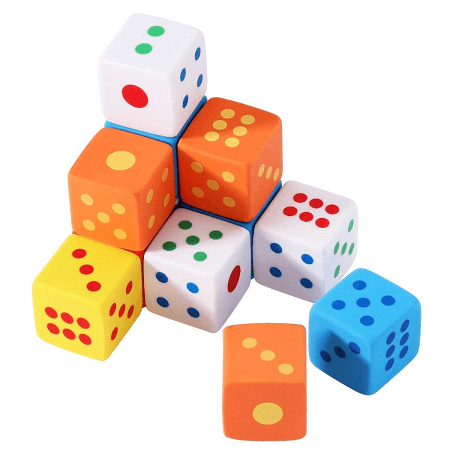
Number TheoryIn number theory, we will basically study the properties of numbers, especially integers. It contains several applications to linear and quadratic congruence, cryptanalysis, Diophantine equations, cryptography, prime number, primarily testing, cryptology, and particularly with regard to modular arithmetic. The geometry of numbers is included in other discrete aspects of number theory. Various techniques of continuous mathematics can also be used in the analytic number theory. We also have some topics of discrete objects that go beyond, and those topics include Diophantine approximation, transcendental numbers, and analysis and function fields. There are two types of examples which is occurred with the help of algebraic structure are continuous examples and discrete examples. Discrete algebra is used to include many things that are: relational algebra, which is used in the database; Boolean algebra, which is used in programming and logic gates; rings, fields, finite and discrete group, which are used in the theory of algebraic coding; monodies, and discrete semigroups, which is appeared in formal languages theory. 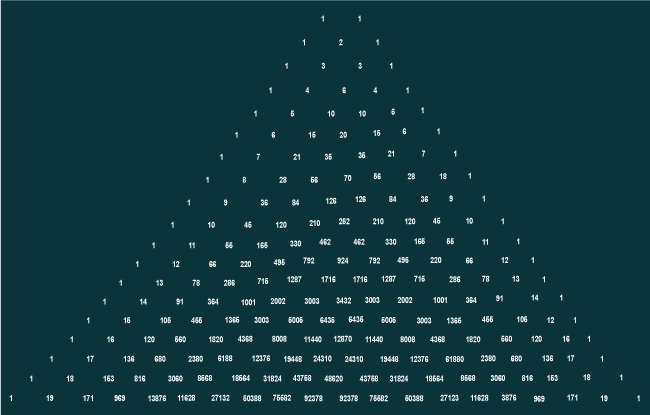
Computational geometry and Discrete geometryCombinatorial geometry and discrete geometry can be described as the combinatorial properties of geometrical object's discrete collections. In the case of discrete geometry, a long-standing topic is a tiling of the plane. All the geometrical problems can be solved by using the algorithms applied by computational geometry. TreesA tree can be called an acyclic graph. A tree generally contains the non-empty finite set of elements which is known as nodes or vertices with the connected lines or edges between the nodes. The tree does not have multiple edges, simple circles, and loops. If we want to find the possible outcome of any experiment, the tree will be a good option to do this. Each node contains some minimum and maximum degrees. The minimum degree should be 1and the maximum degree can go upto n. The starting symbol of a tree is known as the root, and the root of a tree can't be null. 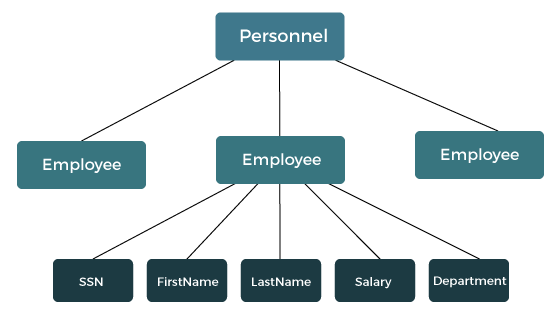
TopologyTopology can be described as the field of mathematics. It is used to contain subsets of topological space. Many discrete topics rise only because of using topology. We can provide the focus on topological invariants by doing their parts. The topologic invariants normally take discrete values that are finite topological space, topological graph theory, discrete topological space, combinatorial topology, topology (chemistry), computational topology, etc. 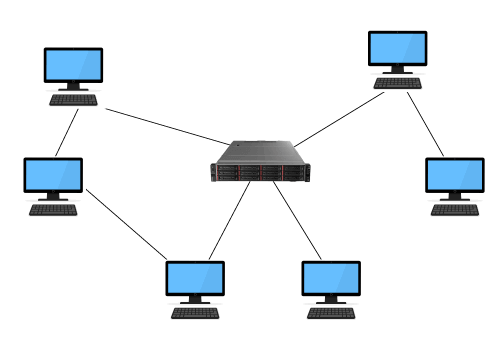
Next TopicRings in Discrete Mathematics
|
 For Videos Join Our Youtube Channel: Join Now
For Videos Join Our Youtube Channel: Join Now
Feedback
- Send your Feedback to [email protected]
Help Others, Please Share










